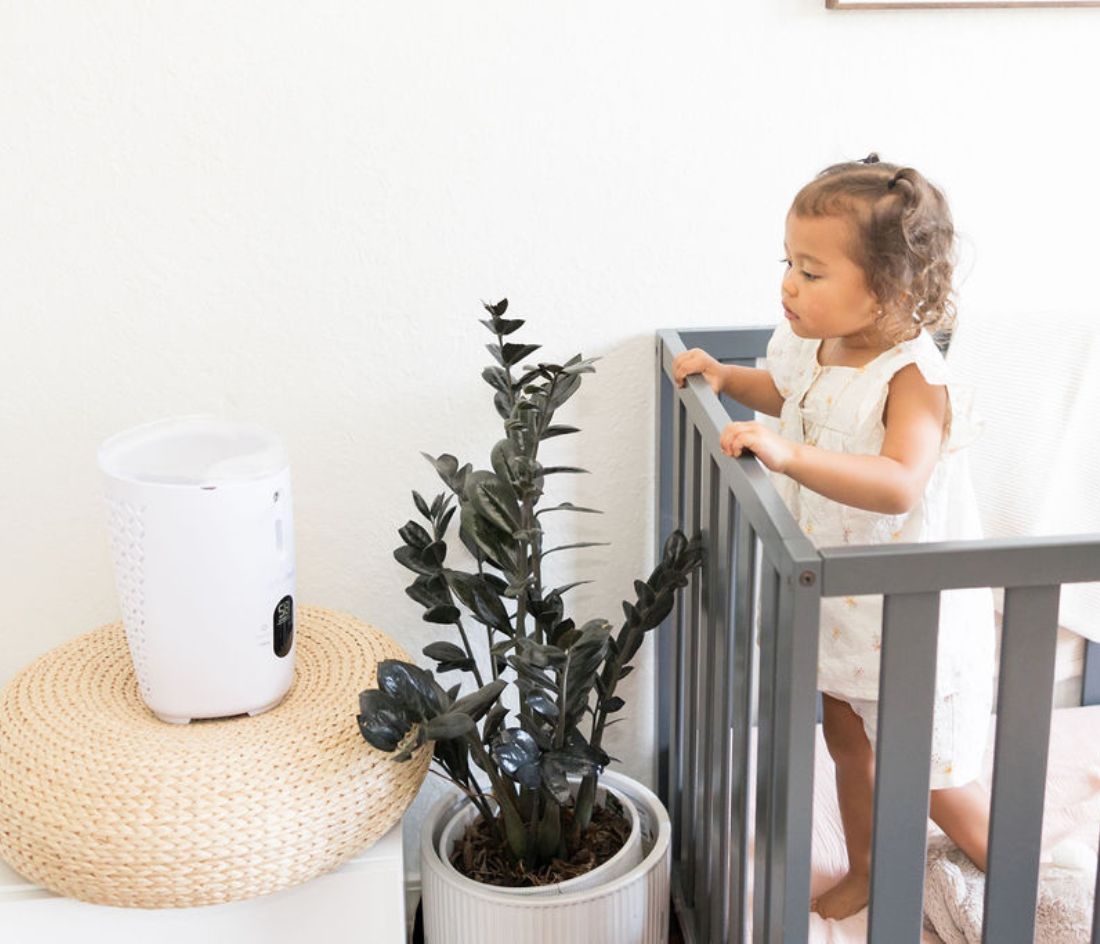Guest Post by Katy Fleming, MA, LPC, BSN, RN
You probably applied sunblock if you’re heading outside for some summer fun. How can you maximize protection against nasty sunburn and aging spots?
Despite recognizing the importance of sunscreen, medical professionals warn that most adults make one of these mistakes.

Sunscreen Mistakes to Avoid This Summer
Skin cancer affects an alarmingly high amount— one in five Americans— and is caused by too much exposure to ultraviolet (UV) light.
Increase your understanding of proper sun protection to prevent painful sunburn and reduce your risk for skin cancer.
Dr. Steven Goudy, the inventor of the Noze Bot and pediatric ENT, identifies these common sunscreen misconceptions in his recent Instagram post. Let’s break down each sunscreen mistake and how to protect yourself against the sun this summer.
1. Holding onto expired sunscreen
We all have an expired product somewhere from over-the-counter medication to cartons of eggs. It may not seem like a big deal or you don’t typically check for the expiration date.
When it comes to sun protection, expiration matters, toss out your old sunscreen bottles to ensure that you’re maximizing effectiveness.
Sunscreen is required by the Food and Drug Administration (FDA) to maintain its strength for at least 3 years. If your bottle at home doesn’t have an expiration date, then throw it out after 3 years from when you purchased it.
2. Applying in certain areas
You know your body best and probably have specific areas that are more likely to burn. However, that’s not an excuse to only apply sunscreen in certain areas.
Sun protection minimizes sunburn, wrinkles, and most importantly, skin cancer. Sunscreen is needed on all exposed parts of your skin— including your ears and the back of the knees.
Additional tips: Apply lip balm with SPF 30. Your lips are at risk for skin cancer, too! Don’t forget clothes, hats, and sunglasses for your summer safety, as well.
3. Using low SPF coverage
There are several misconceptions about SPF or the sun protection factor of sunscreen. SPF is a measurement of the UV radiation needed to cause sunburn on protected skin vs. unprotected skin.
For most, SPF 30 is adequate coverage. You can find sunscreen as low as SPF 15 or as high as 50 and beyond. Apply water-resistant SPF 30 with broad spectrum coverage.

4. Assuming higher SPF means longer coverage
Many people assume that if they wear a higher SPF then they can stay longer in the sun without reapplying. It’s important to remember that the sun protection factor reflects UV exposure, which varies depending on the time of day and location.
For example, there’s higher solar energy typically in the afternoon. So, 15 minutes at noon or 1 pm may result in the same amount of UV exposure as an hour at 9 AM.
Reapply every 2 hours no matter what SPF that you’re using and immediately after swimming.
5. Not using sunscreen on a cloudy day
Surprisingly enough, those dreary cloudy days still produce 80% of UV rays. The American Academy of Dermatology (AAD) reports that only 20% of Americans apply sunscreen on seemingly sunless days.
Harmful UV radiation is emitted all-year round no matter the weather. Protect yourself on cloudy days, too!
6. Only applying for certain skin tones
Sun damage, sunburn, and skin cancers occur in all skin types. People of all skin tones need to apply sunscreen regularly.
A person with darker-pigmented skin may not show visible signs of sun damage as quickly in comparison to lighter skin tones. However, UV radiation still harms everyone’s skin.
Sunscreen is important for all humans! Our little ones under 6 months are the only group recommended to not wear sunscreen. Instead, avoid direct exposure to sunlight for babies.

- 6 Epic Potty Training Tips For Busy Parents
- Germ Hot Spots Hiding in Your Home
- Self-Care Tips for New Moms
- The Dos and Don'ts of Fighting a Fever
- Give Your Child's Immune System a Boost With These Nutrient-Packed Foods
Before you head out for swimming, outdoor activities, and other summer fun– be sure to apply sunscreen!
Ensure your sunscreen has SPF 30, broad spectrum, and water-resistant protection. Apply every 2 hours over all exposed areas of your skin.
Connect with your pediatrician or primary care physician to further discuss sun protection for your family!
As a licensed counselor and registered nurse, Katy approaches freelance writing with years of experience and a unique perspective. Alongside her partner, Katy loves to travel the world and embrace other cultures from volcanoes in Iceland to villages in India.
The Nozebot is a battery-powered suction device designed to clear nasal congestion in babies and children.



